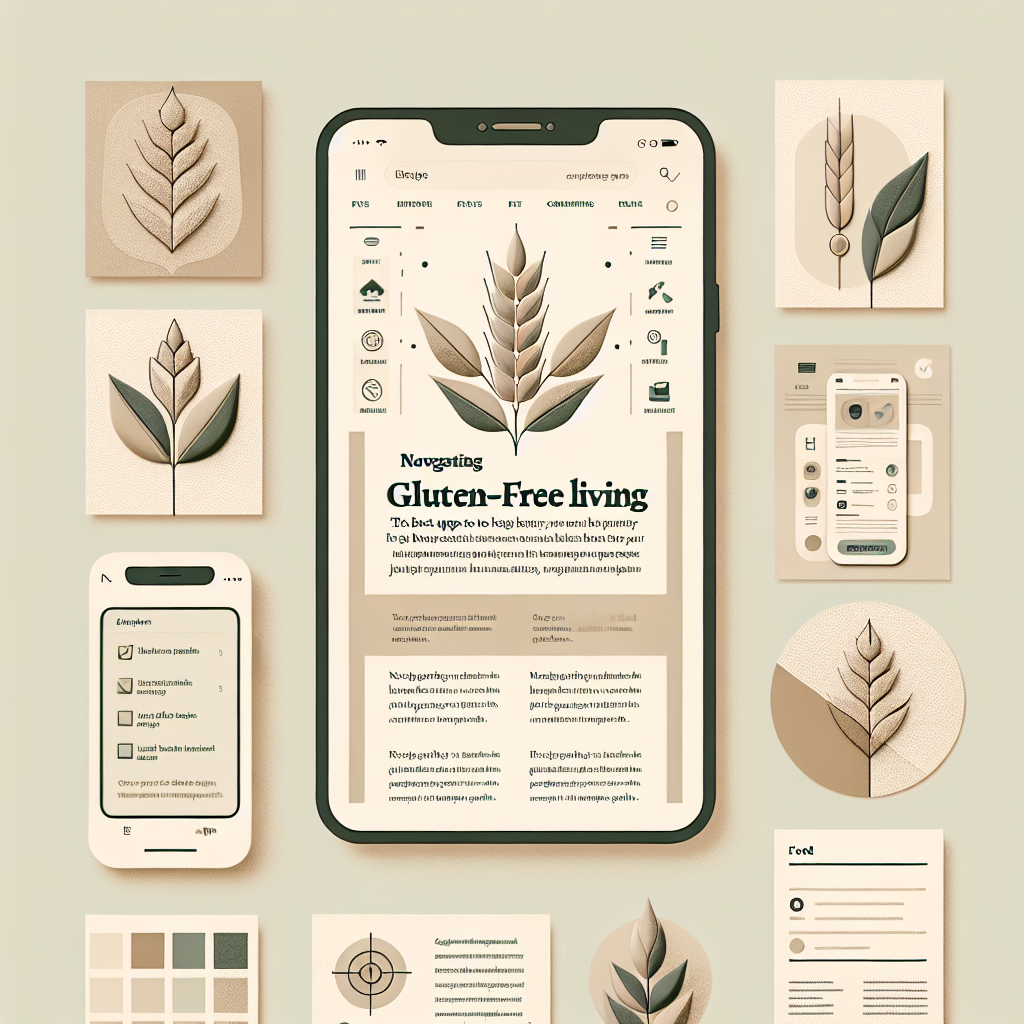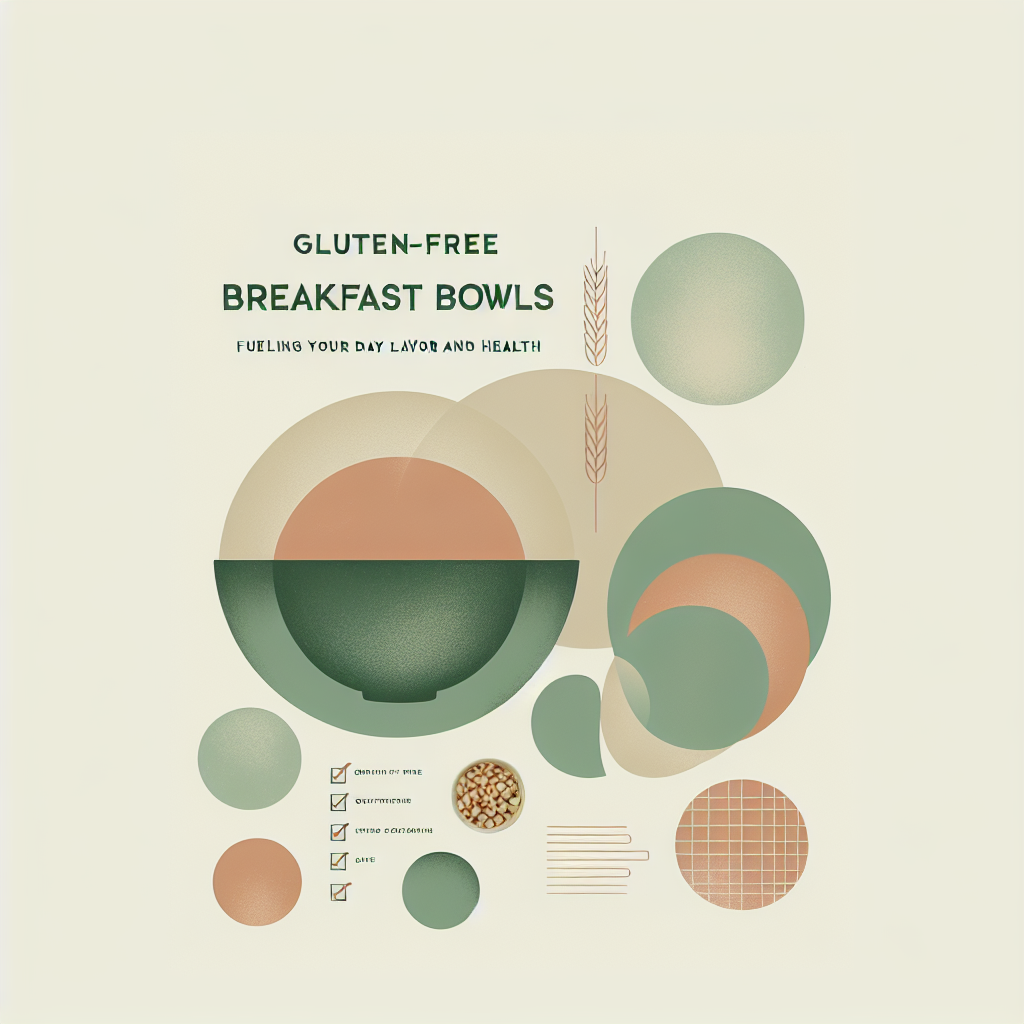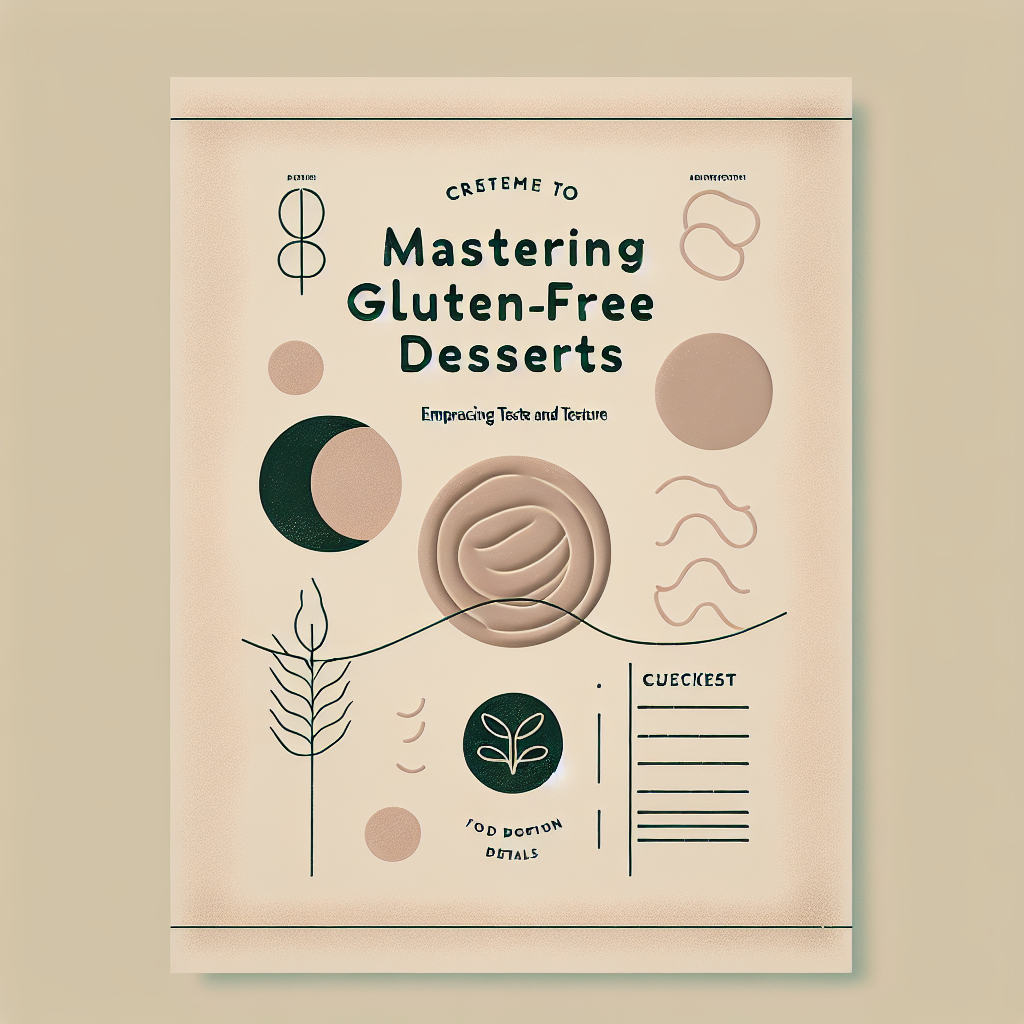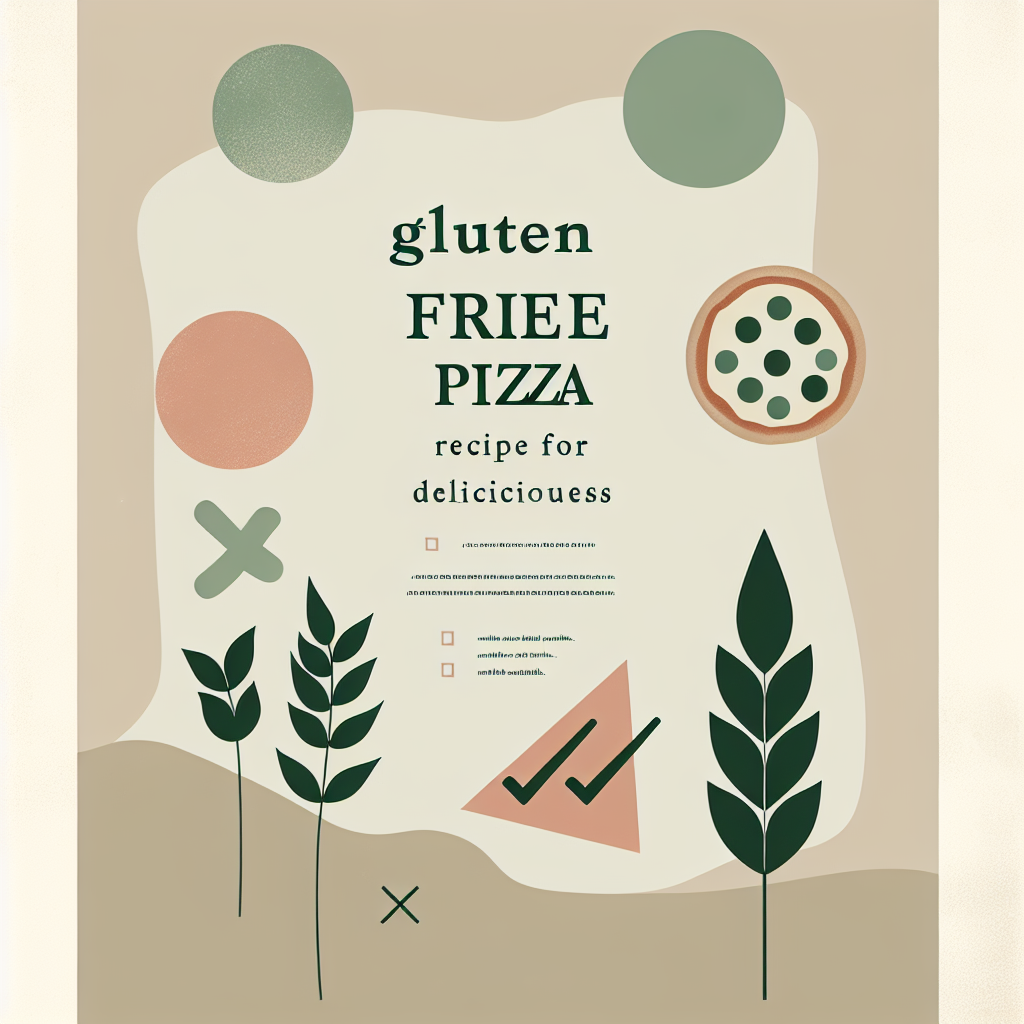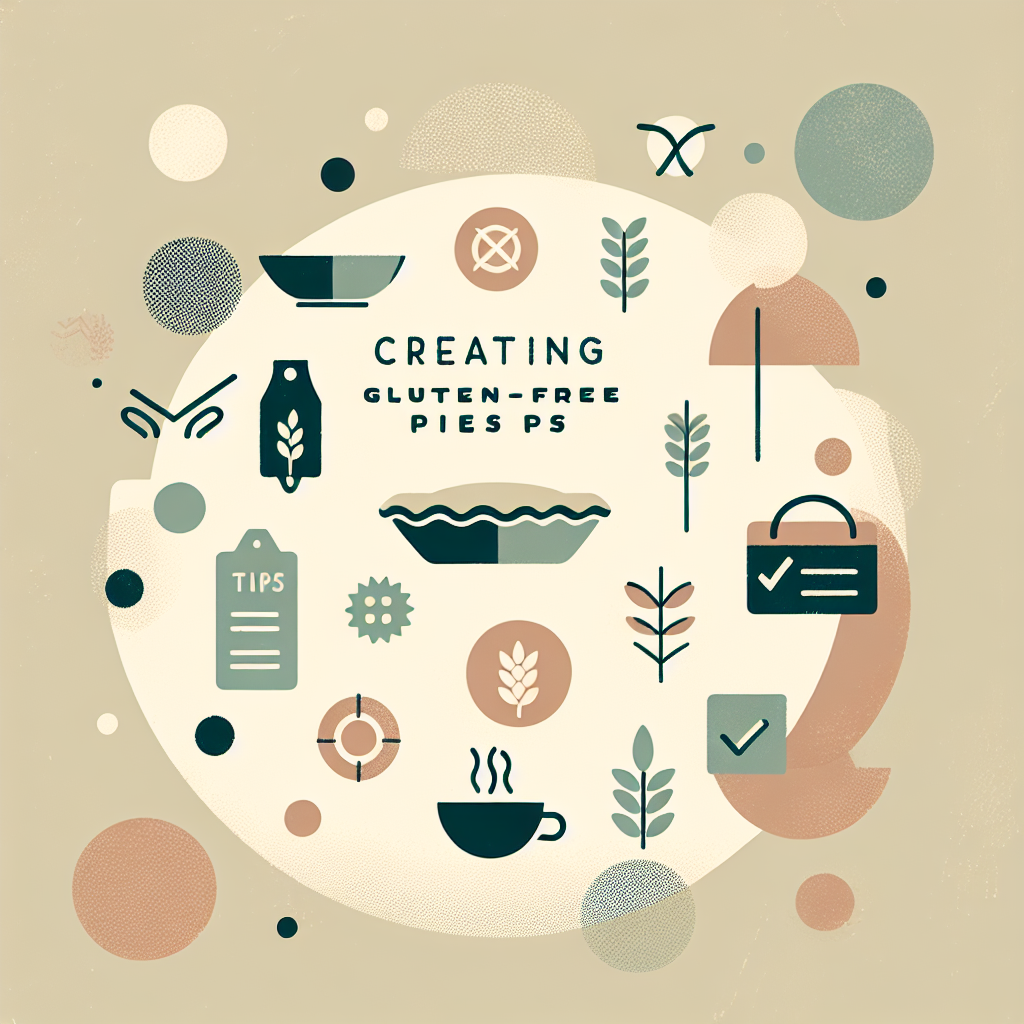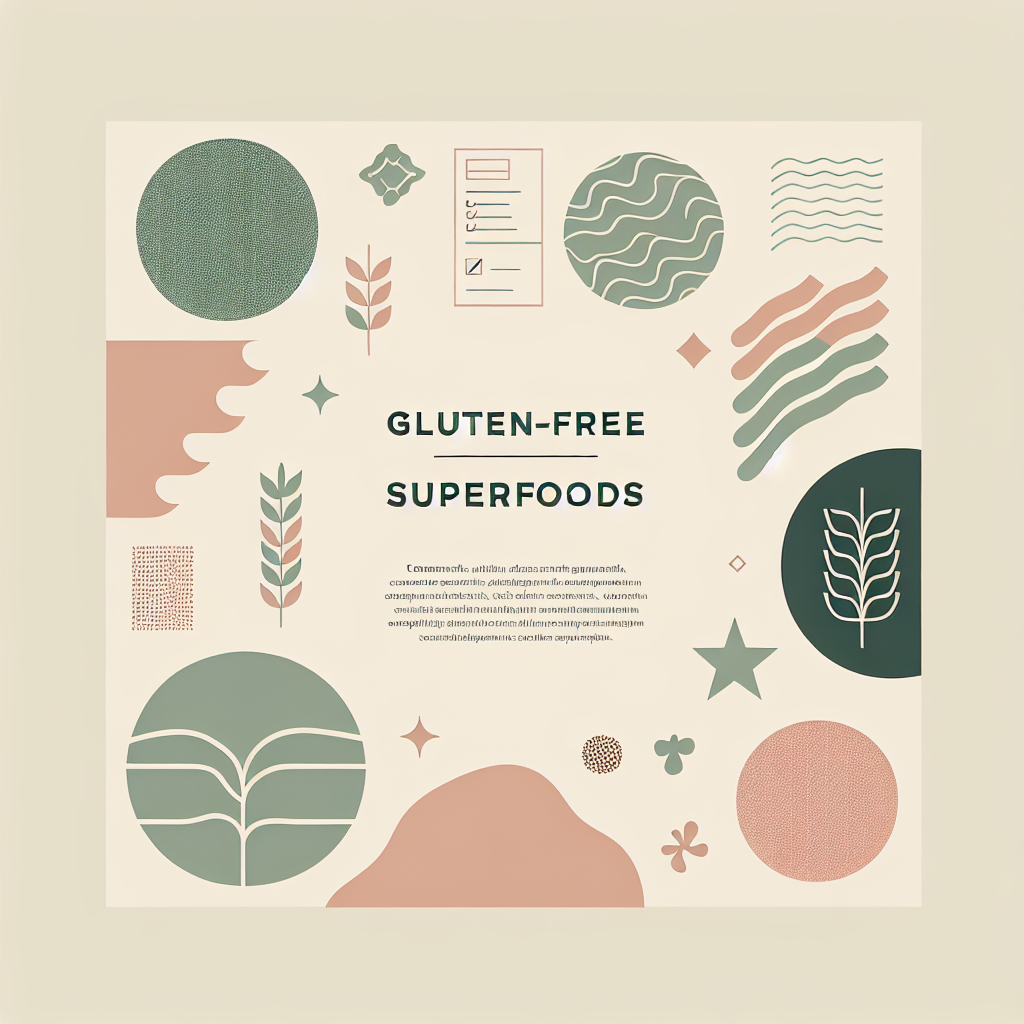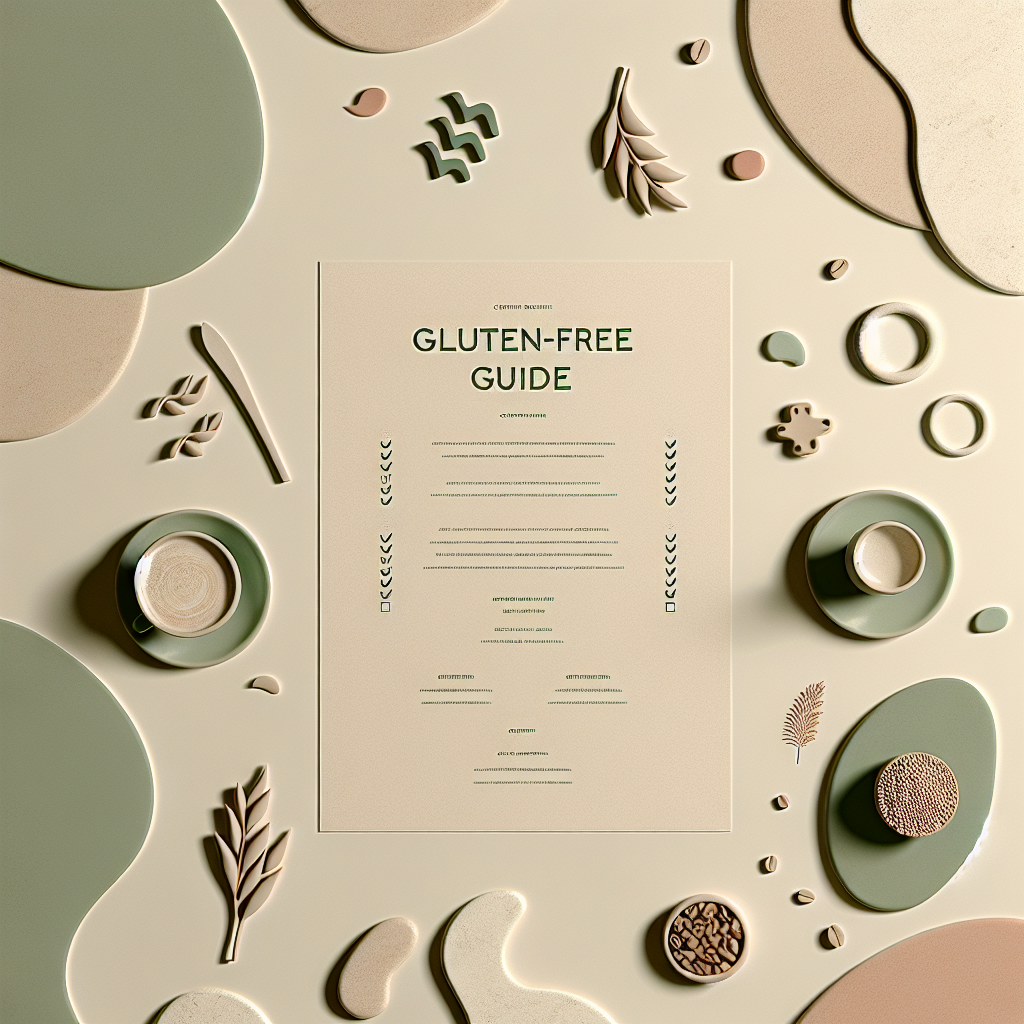Reviving Leftovers: A Gluten-Free Guide
What’s cooking, gluten-free pals? I’ve got a fresh scoop for you today, all about that unsung hero of the gluten-free lifestyle: leftovers. That’s right, the humble, uneaten bits of meals past have finally made it into our spotlight! Now, being gluten-free, we’ve all had our own adventures (and misadventures) in the kitchen. From my personal chronicles with gluten-free sourdough starters to being a pro at navigating the grocery aisles, it’s been a journey. But today, let’s turn to a lesser-explored domain and chat about transforming leftovers into new, gluten-free dishes that will make your taste buds sing and wallet grin. If you’re anything like me, there’s nothing more disheartening than food waste. That half-eaten gluten-free pasta from last night’s dinner, those roasted veggies begging for a second chance at stardom…sound familiar? Let’s correct this tragedy together and turn the tables on leftovers! But first, hold on – you might be wondering: “Claire, why on earth are we talking about leftovers? What’s the big deal?” Well, I’m thrilled you asked because this is where my two all-time favorite topics converge – creativity and sustainability. You see, reinventing leftovers is all about getting creative in the kitchen. It’s about winging it and unleashing your inner culinary artist. Remember, going gluten-free isn’t about deprivation. It’s about finding new ways to keep our meals interesting, fulfilling and delicious. And, as we’ve discussed in the past, adopting a gluten-free lifestyle has it’s incredible health benefits too! But beyond that, turning leftovers into meals is also about sustainability. It’s about reducing waste, conserving resources, and fostering mindfulness in our everyday consumption. This makes your gluten-free journey not only healthful for your body, but also gentle on our green planet! At this point, I can almost see you nodding along and saying, “Alright, Claire. You’ve sold me on the ‘why’. Now spill some magic tricks on the ‘how’, please.” With that said, let’s dive into tips and tidbits on transforming leftovers into spectacular, gluten-free dishes. Tip #1: Get Saucy – Remember those leftover veggies I mentioned? Roughly chop them, toss them into a food processor along with an assortment of herbs, a tablespoon of olive oil, and voila! You’ve got yourself a fantastic sauce. This is a brilliant way to reinvent gluten-free pasta dishes. Think of it as a fun twist to my previous guide on creating flavorful gluten-free sauces. Tip #2: Plan for Leftovers – Yes, you read that right! Plan for leftovers when you’re meal prepping. After an evening of cooking big, save some basics. Plain rice, grilled chicken, or roasted vegetables can be quickly transformed into stir-frys or salads. Just check out my super saver gluten-free meal plan for inspiration! Tip #3: Leftover Omelet – The versatile dish that it is, an omelet can be a delicious canvas for pretty much any of your leftover veggies, meats, or cheeses. For an added fibre boost, throw in some bits of your gluten-free bread from yesterday. Tip #4: Blend it Well – Smoothies are an exciting place where fruits and vegetables from yesterday can get a new life. And hey, don’t shy away from being adventurous! Try even adding dollops of gluten-free yogurt or a scoop of your preferred gluten-free protein powder for added creaminess and nutrition. As a final note, remember that using leftovers does require some mindfulness about food safety (I can almost hear my inner mom speaking there). Always ensure to store your leftovers properly in the fridge and use them within a couple of days! There you have it, folks. The art of reinventing leftovers to contribute to your gluten-free lifestyle is not only smart but also fun, flexible and fulfilling. It’ll make you fall in love with your meals once again, and also, feel good about your planet-friendly choices. So, next time you find yourself staring down a fridge full of leftovers, remember this little chat of ours and get creative! **Category: Lifestyle & Social**



